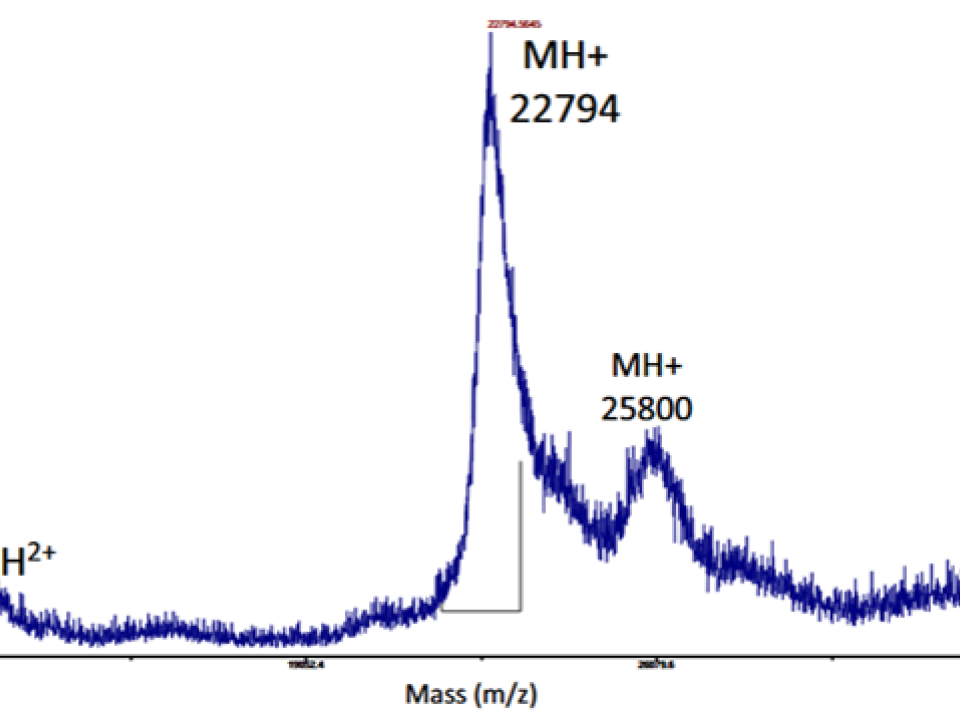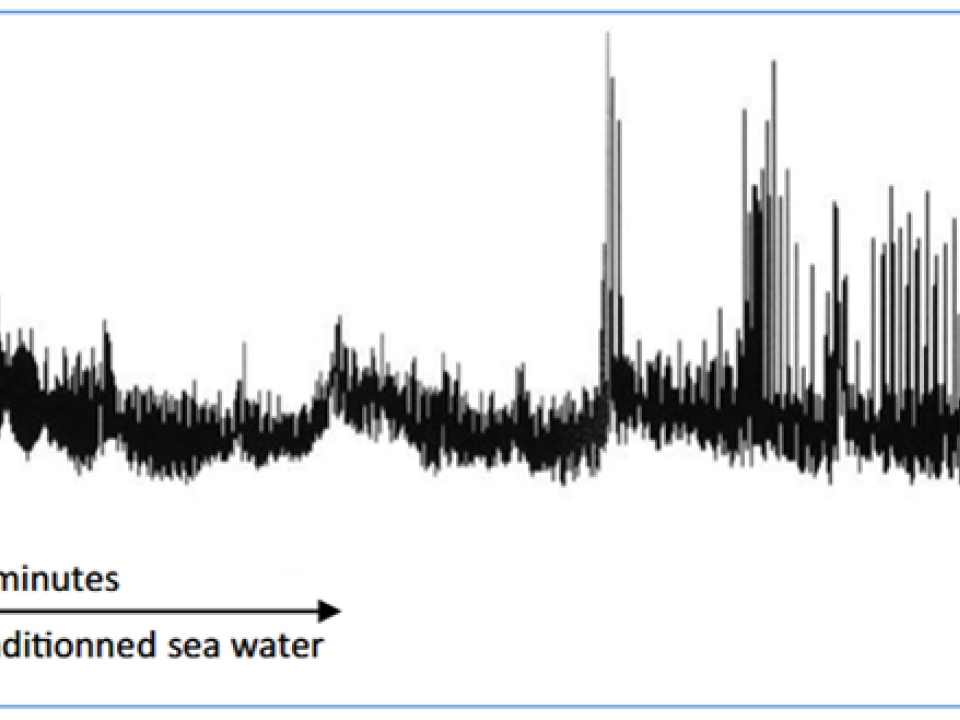Céline Gaudin-Zatylny, Erwan Corre, Bruno Zanuttini, Maxime Endress, Benoît Bernay, Julien Pontin, Alexandre Leduc, Joël Henry. Identification of a New Set of Polypeptidic Sex Pheromones from Cuttlefish (Sepia officinalis). Mar Biotechnol (NY). 2022 Jun; 24(3):574-587. doi: 10.1007/s10126-022-10126-y. Epub 2022 Apr 9.
The common English Channel cuttlefish (Sepia officinalis) reproduces every year on very localized coastal spawning areas after a west-east horizontal migration of several tens of kilometers (80-200 km). The massive arrival of spawners on the coasts of west Cotentin and the Bay of Seine is suspected to be driven by the action of sex pheromones expressed and secreted by the genitals of sexually mature females. The present study aims to verify the existence of polypeptide pheromones, of a higher molecular weight than those described those already described previously by our team (Enault et al., 2012). Their size could confer them a wider range of action than that of the previously identified peptide pheromones. The implementation of an experimental strategy combining transcriptomics and proteomics with functional tests and an in silico study led to the identification of a cocktail of pheromones with molecular weights ranging between 22 and 26 kDa. Proteomic analyses combined to functional tests revealed partial pheromone release in the environment, and their accumulation in the outer capsule of the egg, suggesting the eggs as pheromone diffusers, also able to induce stimulation by contact when the eggs are handled by females.
BOREA contact: Joël Henry, Professor at University of Caen Normandy
The common English Channel cuttlefish (Sepia officinalis) reproduces every year on very localized coastal spawning areas after a west-east horizontal migration of several tens of kilometers (80-200 km). The massive arrival of spawners on the coasts of west Cotentin and the Bay of Seine is suspected to be driven by the action of sex pheromones expressed and secreted by the genitals of sexually mature females. The present study aims to verify the existence of polypeptide pheromones, of a higher molecular weight than those described those already described previously by our team (Enault et al., 2012). Their size could confer them a wider range of action than that of the previously identified peptide pheromones. The implementation of an experimental strategy combining transcriptomics and proteomics with functional tests and an in silico study led to the identification of a cocktail of pheromones with molecular weights ranging between 22 and 26 kDa. Proteomic analyses combined to functional tests revealed partial pheromone release in the environment, and their accumulation in the outer capsule of the egg, suggesting the eggs as pheromone diffusers, also able to induce stimulation by contact when the eggs are handled by females.
BOREA contact: Joël Henry, Professor at University of Caen Normandy






